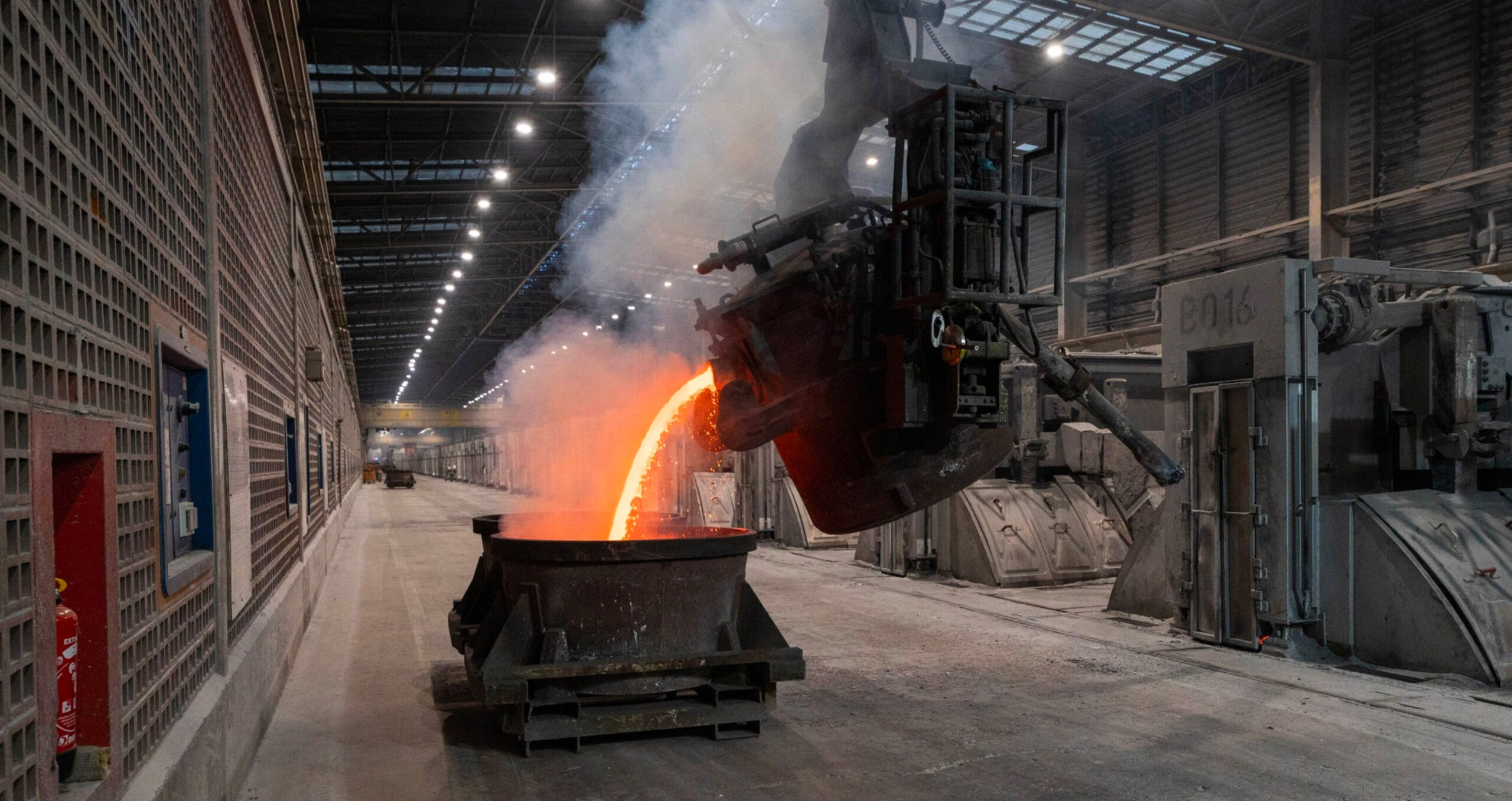
How regenerative farming policy will change markets

As governments revise agricultural rules and supermarkets look at more sustainable supply chains, new opportunities emerge for investors
Agriculture is often identified as one of the sectors most vulnerable to climate change; ironically, it is also one of the largest net carbon-emitting sectors.
Our existing food systems are currently responsible for about one-third of global emissions, while of all food production, around 80 per cent is dedicated to pasture or crops for animal feed. Farming produces three main gases that are dangerous to the climate: nitrous oxide from fertiliser use, methane from livestock, and carbon dioxide from electricity or tractor fuel.
Many countries continue to follow the destructive tradition of converting forests to farmland, Brazil’s Amazon rainforest being a prime example. Once known as the ‘world’s lung’, it is now believed to be a net producer of carbon emissions mainly due to its agricultural activity.
But there are less destructive options available, and government policy needs to be adapted to incentivise sustainable farming techniques and encourage the conversion from traditional methods. For example, Africa’s booming population over the remainder of this century will need to be fed – but what choices will its governments make, and what effect will these have on global environmental conditions?
Subsidy strategies
Since the end of the second world war, government subsidy systems have benefited large-capacity farmers using intensive production methods, with the resultant high reward-to-yield ratio leading to poor environmental and social outcomes. Things are now changing, and subsidies are focusing on small farmers despite strong opposition – especially in Spain and Italy, where a more gradual approach is favoured. In the US and France, however, there are now effective subsidies to encourage regenerative farming.
The UK’s post-Brexit farming subsidy review created another opportunity for change, with policy promising farmers new subsidies to provide ‘public goods’ such as healthy soil, improvements to biodiversity, water stewardship, tree planting and reducing livestock farming.
Regenerative farming practices combine diverse techniques, such as crop rotation or spaced planting, which allow nature back onto the farmland and create greater biodiversity and encourage the natural predators of crop-destroying insects. Monoculture farming, conversely, reduces the natural resources needed to defend crops, forcing reliance on pesticides. For countries where advanced measures are not yet possible, sustainable farming methods such as drip irrigation and crop diversification should be given priority.
Climate justice concerns
Other aspects of sustainable agriculture tie in with climate justice. A major one is the unequal treatment of women, who carry a disproportionate responsibility for food production in agrarian economies yet have less access to land ownership, technology, environmental training, and credit. Women’s inheritance rights to land titles are often restricted, and they can be denied access to new land or compensation under resettlement schemes following natural disasters.
Business can drive positive change by building sustainable supply chains that recognise women’s contribution to agriculture. This includes ensuring partners adopt ethical employment standards that give women parity with, and the same opportunities as, men.
Another concern is food waste. Around one-third of food produced around the world is wasted post-harvest yet more than 2bn people are food-insecure, according to the UN Food and Agriculture Organization. Decisions around harvests are dictated not only by nature but also by labour availability, markets and, most decisively, consumer preferences. Closer collaboration is needed between buyers and sellers to create localised central marketplaces and challenge consumers to think about their shopping choices.
Local approach, far-reaching results
Innovative thinking and local knowledge are powerful, and Turkey-based supermarket chain Migros Ticaret provides an inspiring case study. Its Anatolian Tastes range, which has the mission to protect cultural heritage and promote biodiversity, is creating a market for local seeds that are on the verge of disappearing, in cooperation with local farmers. By partnering locally with farmers, the supermarket also supports disadvantaged communities and it recently guaranteed the purchase of local harvest, creating a business model that actively reduces food waste.
High-quality produce goes onto the main shelves; minor deformed produce with high nutritional value is donated either to food or social markets or sold as an ingredient to fruit juice factories; and decomposed products are donated as animal feed, or used in fertiliser or biogas production production. Furthermore, local products going to local stores means a reduced carbon footprint. Migros is also talking to women’s cooperatives in Turkey and providing education specially designed for women, introducing the key concept of transitioning to more sustainable farming.
We expect to see more supermarkets rethink their supply chains and go local when they can. Meanwhile, investors focusing on businesses working to meet new buying behaviours, as well as benefiting the community and the environment, should both reduce risk and yield better returns.
Caroline Codsi is founder of not-for-profit Women in Governance and co-founder of consultancy Synclusiv; Kübra Koldemir is a business writer at not-for-profit SustainFinance (which is working with Migros Ticaret, mentioned in the article) and a sustainability researcher at Argüden Governance Academy
Similar Articles

G7 leaders need to show climate clarity

How CBAMs can reduce emissions without causing geopolitical strife


